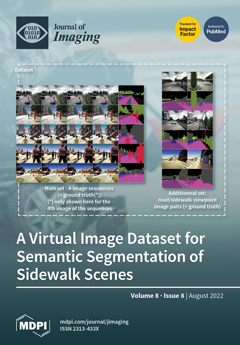Breast cancer is the leading cause of cancer death among women worldwide. Screening mammography is considered the primary imaging modality for the early detection of breast cancer. The radiation dose from mammography increases the patients’ risk of radiation-induced cancer. The mean glandular dose (MGD), or the average glandular dose (AGD), provides an estimate of the absorbed dose of radiation by the glandular tissues of a breast. In this paper, MGD is estimated for the craniocaudal (CC) and mediolateral–oblique (MLO) views using entrance skin dose (ESD), X-ray spectrum information, patient age, breast glandularity, and breast thickness. Moreover, a regression analysis is performed to evaluate the impact of mammography acquisition parameters, age, and breast thickness on the estimated MGD and other machine-produced dose quantities, namely, ESD and organ dose (OD). Furthermore, a correlation study is conducted to evaluate the correlation between the ESD and OD, and the estimated MGD per image view. This retrospective study was applied to a dataset of 2035 mammograms corresponding to a cohort of 486 subjects with an age range of 28–86 years who underwent screening mammography examinations. Linear regression metrics were calculated to evaluate the strength of the correlations. The mean (and range) MGD for the CC view was 0.832 (0.110–3.491) mGy and for the MLO view was 0.995 (0.256–2.949) mGy. All the mammography dose quantities strongly correlated with tube exposure (mAs): ESD (R
2 = 0.938 for the CC view and R
2 = 0.945 for the MLO view), OD (R
2 = 0.969 for the CC view and R
2 = 0.983 for the MLO view), and MGD (R
2 = 0.980 for the CC view and R
2 = 0.972 for the MLO view). Breast thickness showed a better correlation with all the mammography dose quantities than patient age, which showed a poor correlation. Moreover, a strong correlation was found between the calculated MGD and both the ESD (R
2 = 0.929 for the CC view and R
2 = 0.914 for the MLO view) and OD (R
2 = 0.971 for the CC view and R
2 = 0.972 for the MLO view). Furthermore, it was found that the MLO scan views yield a slightly higher dose compared to CC scan views. It was also found that the glandular absorbed dose is more dependent on glandularity than size. Despite being more reflective of the dose absorbed by the glandular tissue than OD and ESD, MGD is considered labor-intensive and time-consuming to estimate.
Full article






